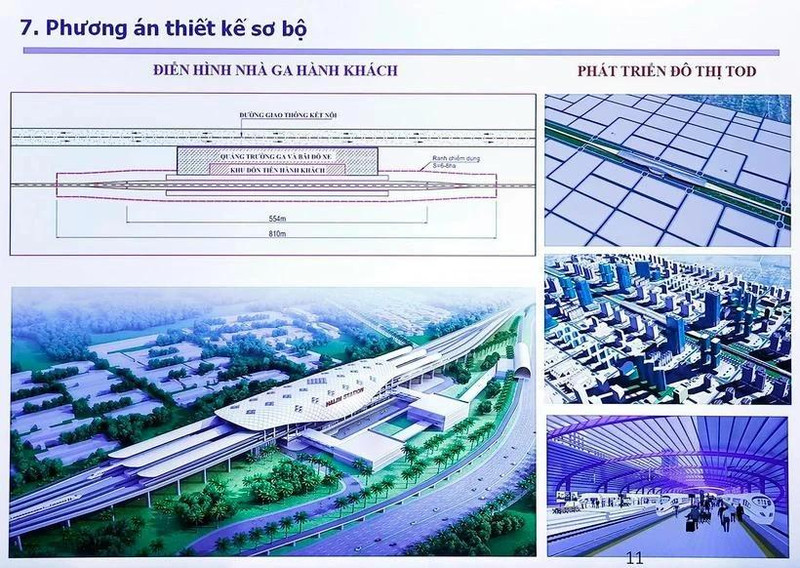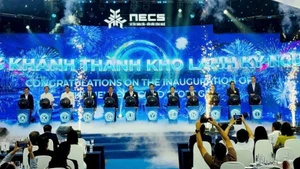The resolution stated that the construction of a modern and integrated railway aims at meeting transport needs and creating motives for rapid and sustainable socio-economic development while captialising on the advantages of the North-South economic corridor, ensuring effective connectivity with the East-West corridors and regional countries.
Besides, the railway is expected to help with international integration, environmental protection and climate change as well as promote the nation’s industrialisation and modernisation, contributing to delivering on the goals and missions set at the document adopted at the 13th National Party Congress and other resolutions of the Party.
Starting from Ngoc Hoi station in Hanoi, the 1,541-kilometre railway will pass through 20 provinces and centrally-run cities before ending at Thu Thiem station in Ho Chi Minh City.
The project includes the construction of a twin-track line with a standard gauge of 1,435 mm, designed to operate at speeds of up to 350 km/h. It will feature 23 passenger stations and five cargo stations, serving both passenger and freight transport.
More than 10,800 hectares of land will be required for the project, with some 120,800 people to be relocated.
The project is estimated to cost more than 1.7 quadrillion VND (66.7 billion USD), coming from the state budget allocated over multiple mid-term investment planning periods, along with other legal sources.
A feasibility study will be carried out from 2025. The project is set to be completed in 2035.
The Government is responsible for carrying out the project and managing its investment in accordance with related regulations, ensuring that it stays on schedule with quality, with the economical and effective use of captial and resources, preventing corruption, wastefulness and negative phenomena. Besides, communications work should be enhanced to raise public awareness and create public consensus on the investment policy.
Meanwhile, the Vietnam Railways will be in charge of infrastructure management, maintenance and operation. It will collaborate with other enterprises to continue restructuring, build a modern and effective infrastructure management model, contributing to the country’s rail industry development.
















